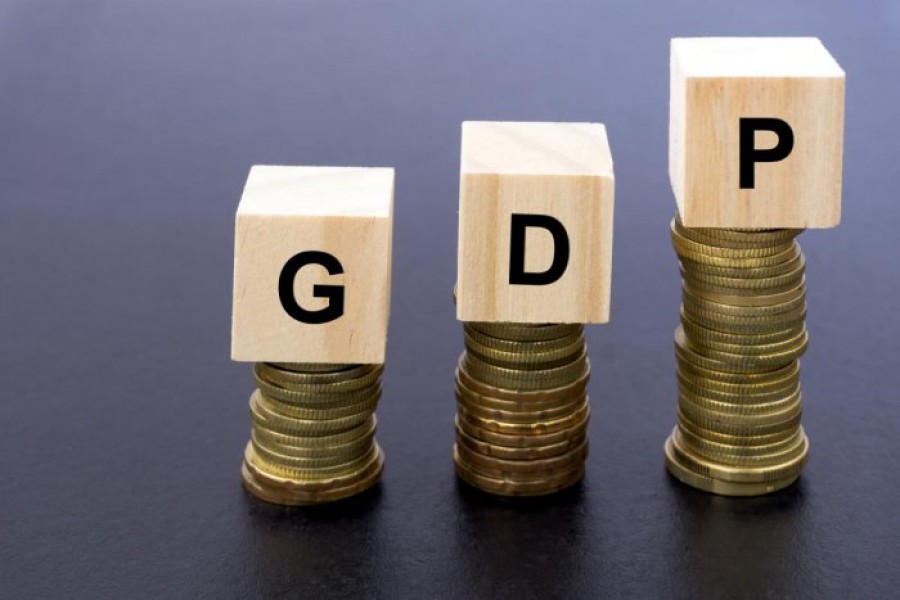Bangladesh's GDP growth estimates have always been an enigma. Higher growth figures have always allured the people who are at the helm of the statecraft. Many others do appreciate the country's remarkable economic growth in recent years, but they are sceptical about a few government data.
The general people, however, would take those figures reliable only if they noticed a matching rise in their income level.
The state statistical organisation, the Bangladesh Bureau of Statistics (BBS), at regular intervals, prepares innumerable data, including those of GDP, GNP and GNI. These data are considered essential for policymaking and national planning. The relevant state entities seldom make any attempt to know what the people think about those figures and how relevant those are to the latter's life and living.
What seems to be more disturbing are the widely varying GDP growth projections and actual growth in a given financial year. The government figures are always on the higher side while the multilateral institutions having stakes in the Bangladesh economy, in most cases, are found to be conservative in their estimates.
A case in point is the GDP growth of the immediate past financial year (2019-20), a period that witnessed an unprecedented difficult time. The deadly coronavirus wreaked havoc on life and living of millions in the final four months of the fiscal. Many lost jobs and sources of their income. Poverty trend took a reverse turn with a large population becoming poor again.
The World Bank (WB) and the International Monetary Fund (IMF) taking the Covid-19 impact into account made highly dismal growth projections for most economies, rich and poor. However, major economies bore the main brunt as they contracted heavily.
The WB projected 2.0 per cent economic growth in the case of Bangladesh for the FY 2020. The growth forecast was far lower in comparison with the 8.2 per cent growth achieved in the previous fiscal year. Many countries, however, saw their economies contracting by around 10 per cent in 2020.
The government, from the very beginning, did not accept the growth projections of the multilateral institutions barring that of the Asian Development Bank (ADB). The ADB's projection was closer to that of the government.
At the end of the fiscal year 2020, the government estimated the GDP growth at 5.24 per cent. In October 2020, the WB, however, estimated the growth at 2.0 per cent. The IMF's estimate was a bit higher--- 3.8 per cent. The government had trashed all the estimates.
The growth estimated lately by a UN organisation---UN Department of Economic and Social Affairs (UNDESA) --- might prove far more annoying. The UN body has estimated the GDP growth in FY 2020 at only 0.5 per cent.
"Even Bangladesh, the fastest growing economy in the region, has seen economic growth to fall, from 8.4 per cent in 2019 to 0.5 per cent in 2020, although this was cushioned somewhat by a recovery in trade and remittances in the second half of the year," said the UNDESA in its report.
Many economists at home and abroad do always take the BBS statistics on the economy with a grain of salt. They must have reasons for doing so.
But the problem is that none of the local and international institutions has its sources of dependable data that it could use to make projections or estimate of the actual growth. So, there is no way of knowing the real situation on the economic front, it seems.


